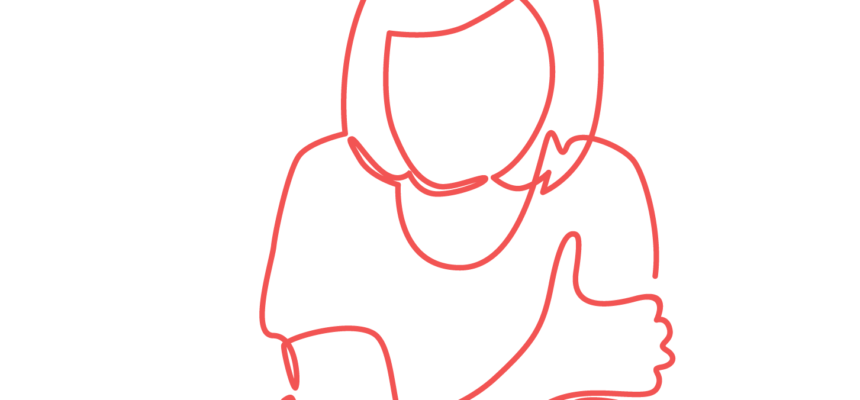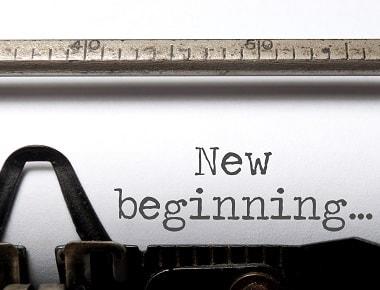
Drug Withdrawal Timeline and Symptoms
Drug withdrawal is one of the most difficult and uncertain phases of the recovery process. While the symptoms and timelines of the withdrawal process vary from person to person, one thing is always true: Overcoming them is one of the biggest and most rewarding steps on the road to recovery.
Though withdrawal is difficult for anyone, understanding the withdrawal timelines and symptoms associated with each drug can help make the process a little easier. By knowing what to expect, those in recovery are better equipped to power through and seek the right treatment options.
The withdrawal process occurs shortly after stopping regular drug use. During long periods of drug abuse, the body must overcompensate and adjust its chemistry to the effects of the drug. When regular drug use stops, however, the body continues to overcompensate as it gradually returns to normal. This “readjustment” process is what causes many of the unpleasant symptoms of withdrawal.
While the exact symptoms of withdrawal vary between people and drugs, many people describe them as the opposite of the drug. While these symptoms gradually improve over the withdrawal process, they’re still very difficult to endure—especially when some withdrawals take several weeks or longer.
Thankfully, there’s plenty of help available for those undergoing withdrawal: Rehabilitation, for example, can greatly improve the chances of a full recovery while making the withdrawal process as comfortable as possible.
For more information on how each drug affects the withdrawal process and treatment options, check out the infographic below or call Yellowstone Recovery at (888) 418-4188.









